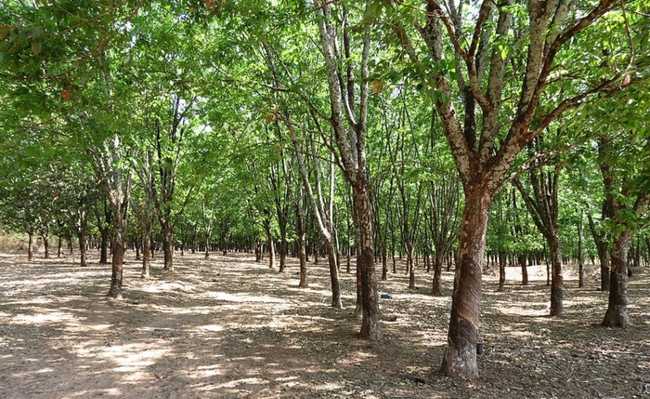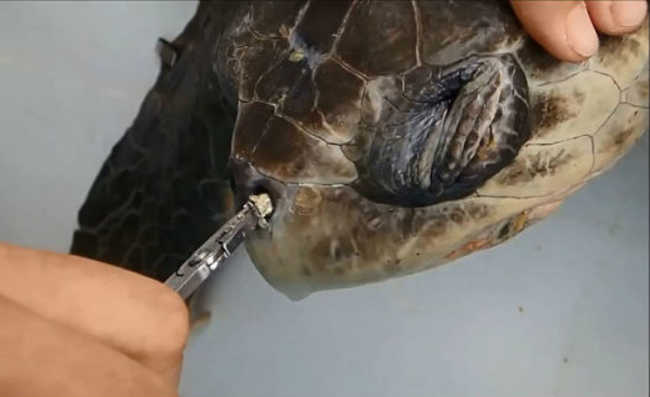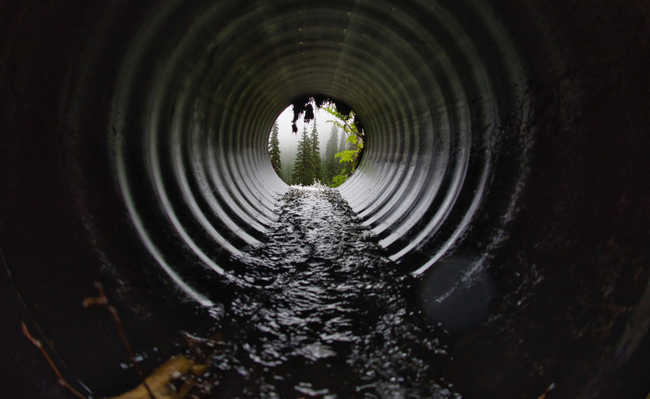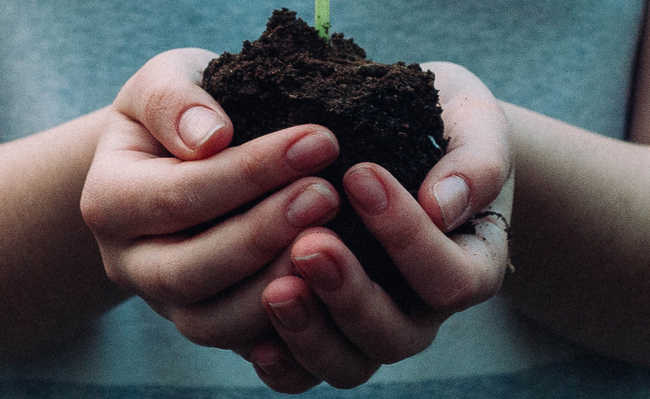PHA bioplastic: the biopolymer of the future?
PHA bioplastic is a very optimistic and advantageous alternative, but it is not the only solution

PHA bioplastic, also called polyhydroxyalkanoate, has proven to be the future alternative to plastics. This is because the bioplastic PHA biopolymer is biodegradable under certain conditions and can be produced from renewable sources such as bacterial strains and organic waste, being able to capture greenhouse gases in its production.
- What are biodegradable products?
- What is organic waste and how to recycle it at home
- What are greenhouse gases
PHA bioplastic is a very flexible and non-toxic material. It can be used in various applications, such as durable plastic materials, bags, cosmetic packaging, cutlery, plates, medical implants, among others.
How is polyhydroxyalkanoate (PHA) bioplastic produced
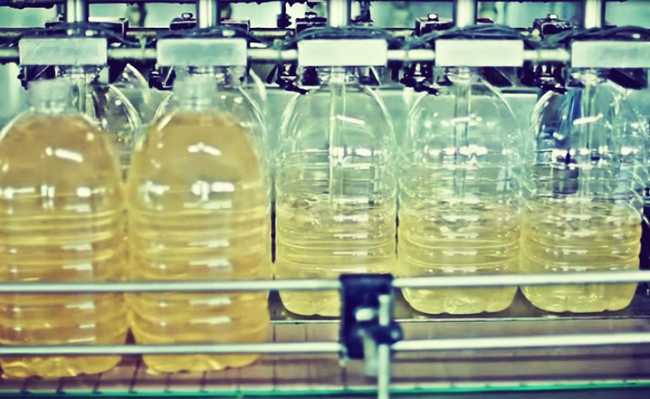
Polyhydroxyalkanoate (PHA) bioplastic can be produced in different ways. One of the ways in which PHA biopolymers are produced is by limiting essential nutrients from certain bacteria, such as oxygen and nitrogen, which promotes the growth of PHA - plastic granules - inside their cells. This PHA works for these bacteria as a food and energy reserve.
Another way to produce the PHA bioplastic is by using bacteria that do not require nutrient limitation and produce PHA inside their cells from accelerated growth stimuli. The PHA bioplastic produced by both types of bacteria can then be collected and synthesized using genetic engineering techniques.
These PHA bioplastic production formats, however, were discredited because of their high production costs, low yields and low competitiveness with plastics (or bioplastics) of petrochemical origin.
- Bioplastics: types of biopolymers and applications
However, bacteria capable of producing PHA bioplastic from a variety of carbon sources have been discovered, including wastewater, vegetable oils, fatty acids, alkanes and simple carbohydrates. This greatly amplified its advantages - for example, using waste materials as a carbon source for the production of PHA would have the dual benefit of lowering the cost of the PHA bioplastic and lowering the cost of waste disposal.
In 2013, an American company announced that it had further refined the process, removing the need for sugars, oils, starches or cellulose, using a "biocatalyst" derived from microorganisms that convert air mixed with greenhouse gases such as methane or dioxide of carbon in bioplastic.
Further studies are taking the genes of these bacteria and inserting them into corn stalks, which then grow the bioplastic PHA in their own cells. However, this production is based on genetically modified corn stalks; and transgenics has been a theme often associated with disrespect for the Precautionary Principle, among other problems. You can better understand this theme by taking a look at the articles: "Environment calls for alert to the precautionary principle" and "Transgenic corn: understand the risks and benefits".
On the other hand, the company Full Cycle Bioplastics developed a technology capable of producing PHA bioplastic from organic waste, using non-genetically modified, or better said, non-transgenic bacteria.
- Understand GMOs: food, animals and microorganisms can fit into this group
The production from organic waste using non-genetically modified bacteria that gives rise to biodegradable PHA bioplastic (under certain conditions) still has the benefits of capturing greenhouse gases produced by the decomposition of organic waste, reducing its emission - which is the third largest source of production of anthropogenic greenhouse gases.
The advantage is that the technology developed by Full Cycle allows PHA bioplastic to replace a wide range of conventional plastics, is competitively priced and, due to the possibility of biodegradation, supports a sustainable and circular economy.
- What is Circular Economy?
Is PHA bioplastic the plastic of the future?
Considering that practically all the plastic ever developed by humanity still exists and that each year about a third of the plastic manufactured directly pollutes the soil, the ocean and enters the food chain, PHA bioplastics have proven to be an alternative for development of humanity with a mitigating bias, and not as a single solution to the problem of plastics.
- Understand the environmental impact of plastic waste on the food chain
- There are microplastics in salt, food, air and water
For effective development it is necessary to rethink consumption.
- What is conscious consumption?
Together with the development of bioplastics, it is necessary to reduce consumption, increase the reuse and recycling of plastic. These actions are in line with what the circular economy preaches. Other alternatives such as designs that allow better plastic performance are also needed. The actions proposed by Ellen MacArthur Foundation they also move towards a circular return of the plastic. To better understand this theme, take a look at the articles: "New Plastics Economy: the initiative that rethinks the future of plastics" and "What is Circular Economy?".
Dispose correctly
In order to reduce the plastic waste consumed, the first step is to practice conscious consumption, that is, to rethink and reduce consumption. Have you ever thought about how many superfluous items we use on a daily basis that could be avoided?
On the other hand, when it is not possible to avoid consumption, the solution is to opt for consumption as sustainable as possible and for reuse and/or recycling. But not everything is reusable or recyclable. In this case, perform the disposal correctly. Check which collection points are closest to your home on the free search engine on eCycle portal .
But remember: even with proper disposal, it is possible for plastic to escape into the environment, so consume with awareness.
To find out how to reduce your consumption of plastics, take a look at the article: "How to reduce plastic waste in the world? Check out essential tips". Also learn how to consume more sustainably in the article "What is sustainable consumption?". Make your footprint lighter!

